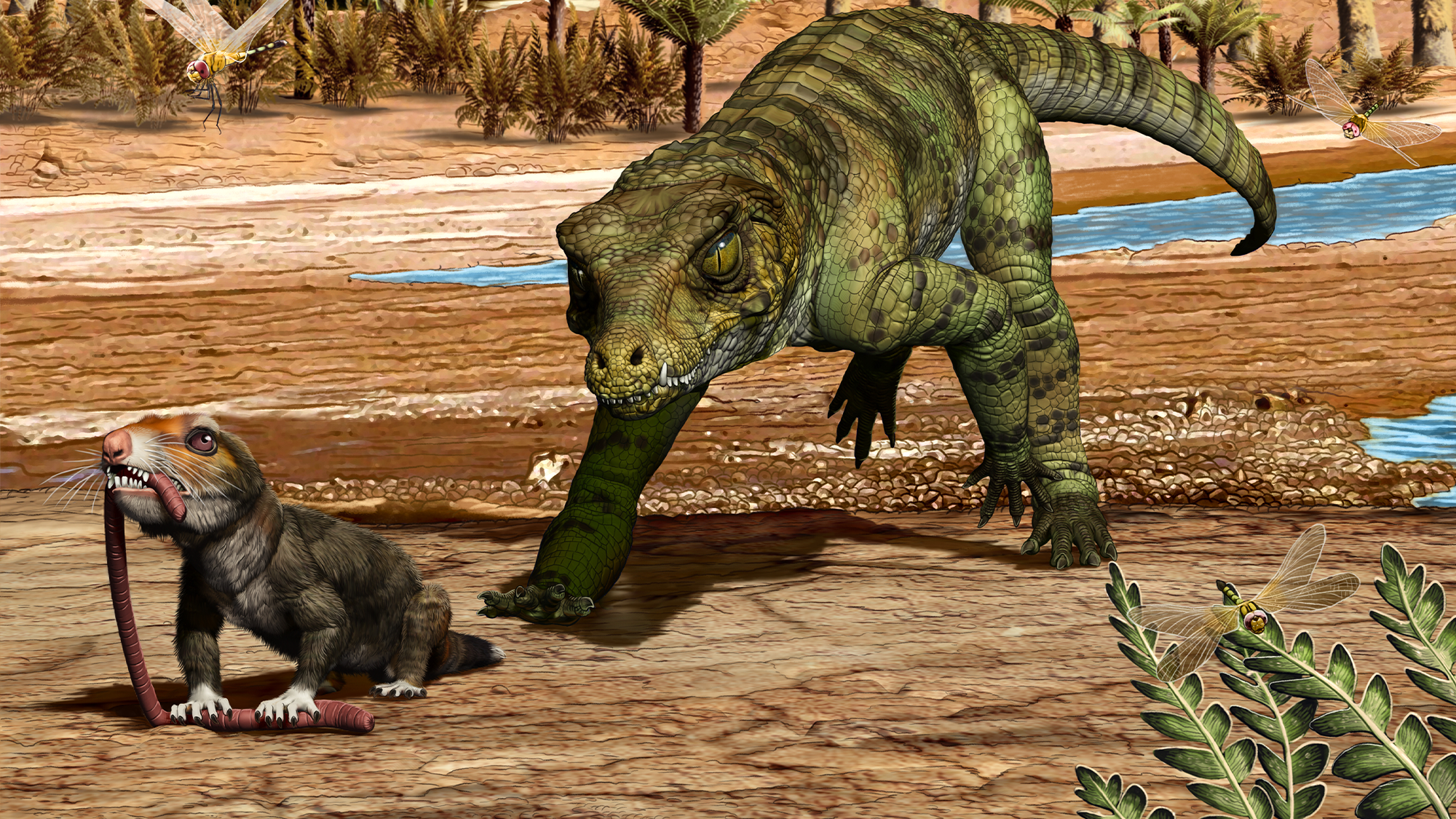WikiTok just might help you stop doomscrolling
The new site combines the best of Wikipedia and TikTok. The post WikiTok just might help you stop doomscrolling appeared first on Popular Science.

It sometimes feels nearly impossible to break away from doomscrolling. But this isn’t a design flaw on the part of social media companies, however—it’s baked into the apps themselves. Sites like Facebook, TikTok, X, YouTube, and Instagram are all governed by algorithms designed to maximize the amount of time each user spends on the app. While mounting research suggests this isn’t exactly the healthiest way to idly browse the internet, it’s unlikely that these gamifying tactics are disappearing anytime soon. In the meantime, WikiTok is at least here to help.
The website, which debuted last week, is currently available through mobile and desktop browsers, and provides a potentially healthier way to pass the time online. The functionality is similar to TikTok (hence the portmanteau), but minus any algorithmic tailoring or manipulation. Instead, WikiTok visitors are randomly treated to one of Wikipedia’s nearly-9.5 million-and-counting entries along with an accompanying image from the article. If the subject matter interests you, you simply click through to visit the full entry—if not, you can then swipe up to move on to the next suggestion culled from Wikipedia’s API. Gone is the constant threat of accidentally falling into yet another rabbit hole of AI-generated images, misinformation, and toxic comments.
The entire project came about in a matter of hours. On February 3rd, developer Tyler Angert offered his “insane project idea” in a post to X: “all of wikipedia on a single, scrollable page.” Bloomberg Beta VC James Cham soon replied with the suggestion of an “infinitely scrolling Wikipedia page based on whatever you are interested in next,” followed by Angert’s suggestion of the name “WikiTok.”
Another programmer named Isaac Gemal soon saw the exchange, and got to work later that night. After only about an hour-and-a-half of tinkering with help from generative AI programs like Claude and the coding editor Cursor, Gemal had a functioning WikiTok prototype in the early hours of Tuesday morning.
“The code is very simple, there’s no backend at all actually, I believe because wikipedia’s api [sic] is very permissive and you can just make the requests in the frontend,” Gemal replied to a post about his project on ycombinator’s Hacker News forum.” So you just simply request random articles, get some snippets, and the image attached!”
Speaking with Ars Technica last week, Gemal estimated that the AI tools did about “90-percent of the heavy lifting,” but believed there was still plenty of room to optimize the overall experience. In just a few scrolls, WikiTok users can explore everything from Nielluccio (a red wine grape varietal), to US Special Operations Command parachute team, to a history of ancient Roman-Armenian relations. It’s a randomized grab bag of trivia—one that Gemal intends to keep free from targeted algorithms. WikiTok may not be the cure-all to social media doomscrolling, but it at least offers a nice way to break it up a bit.
The post WikiTok just might help you stop doomscrolling appeared first on Popular Science.









































































.jpg)


















































![The breaking news round-up: Decagear launches today, Pimax announces new headsets, and more! [APRIL FOOL’S]](https://i0.wp.com/skarredghost.com/wp-content/uploads/2025/03/lawk_glasses_handson.jpg?fit=1366%2C1025&ssl=1)
















